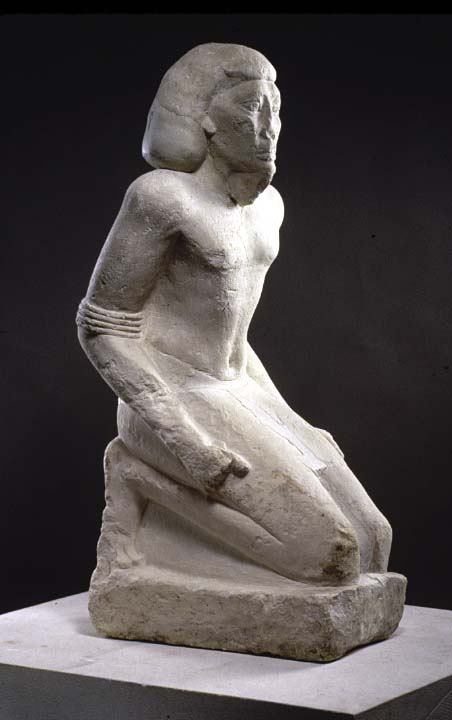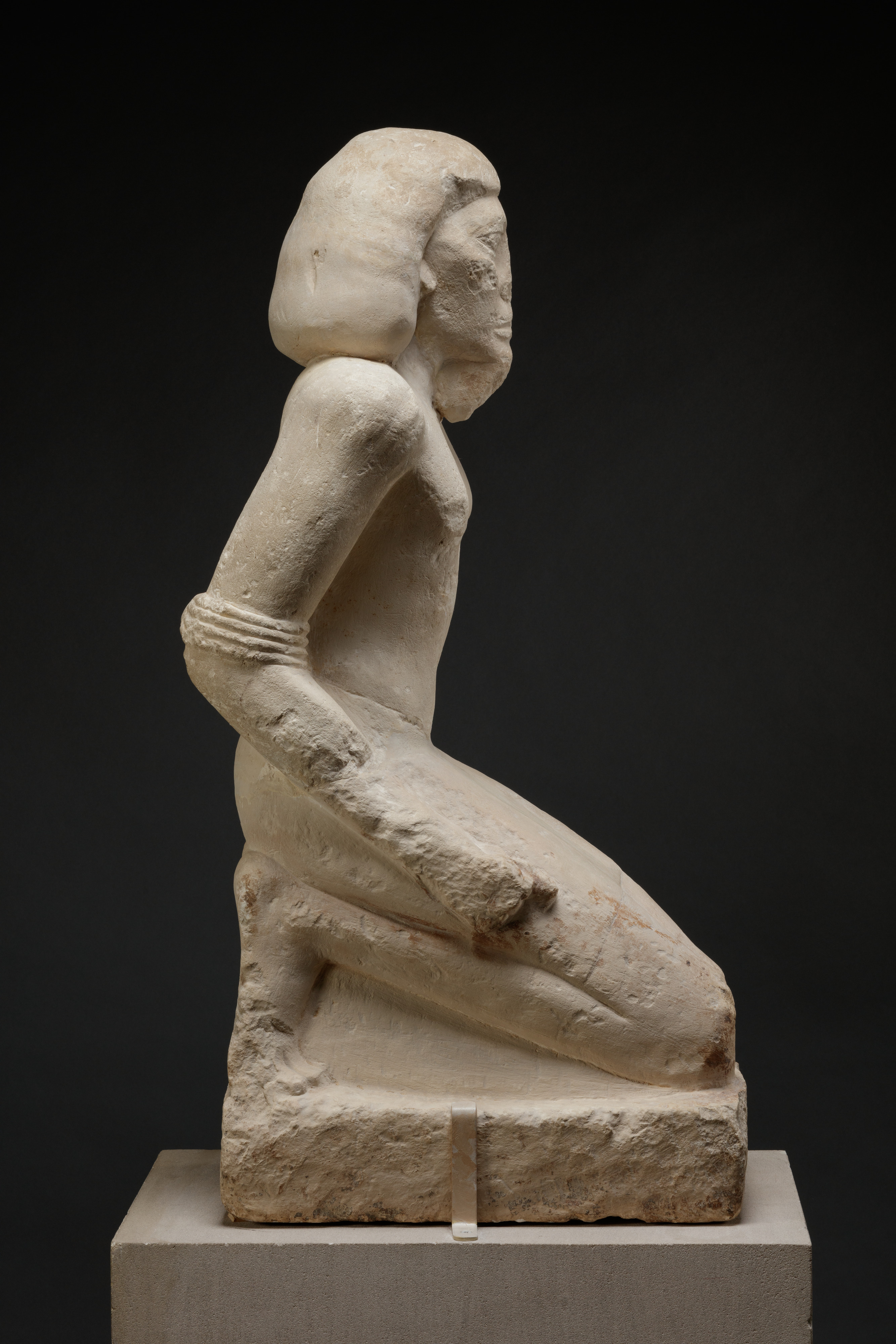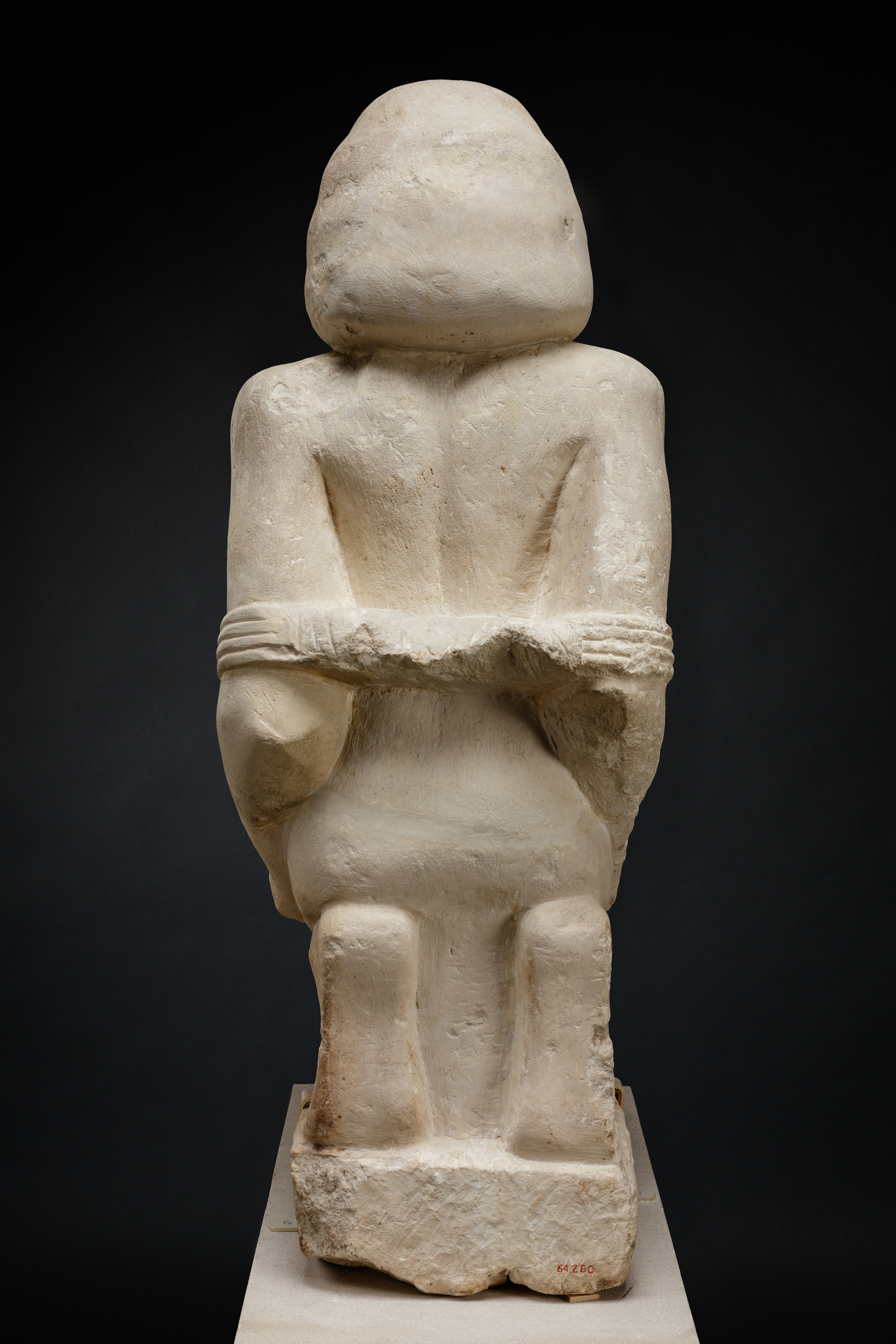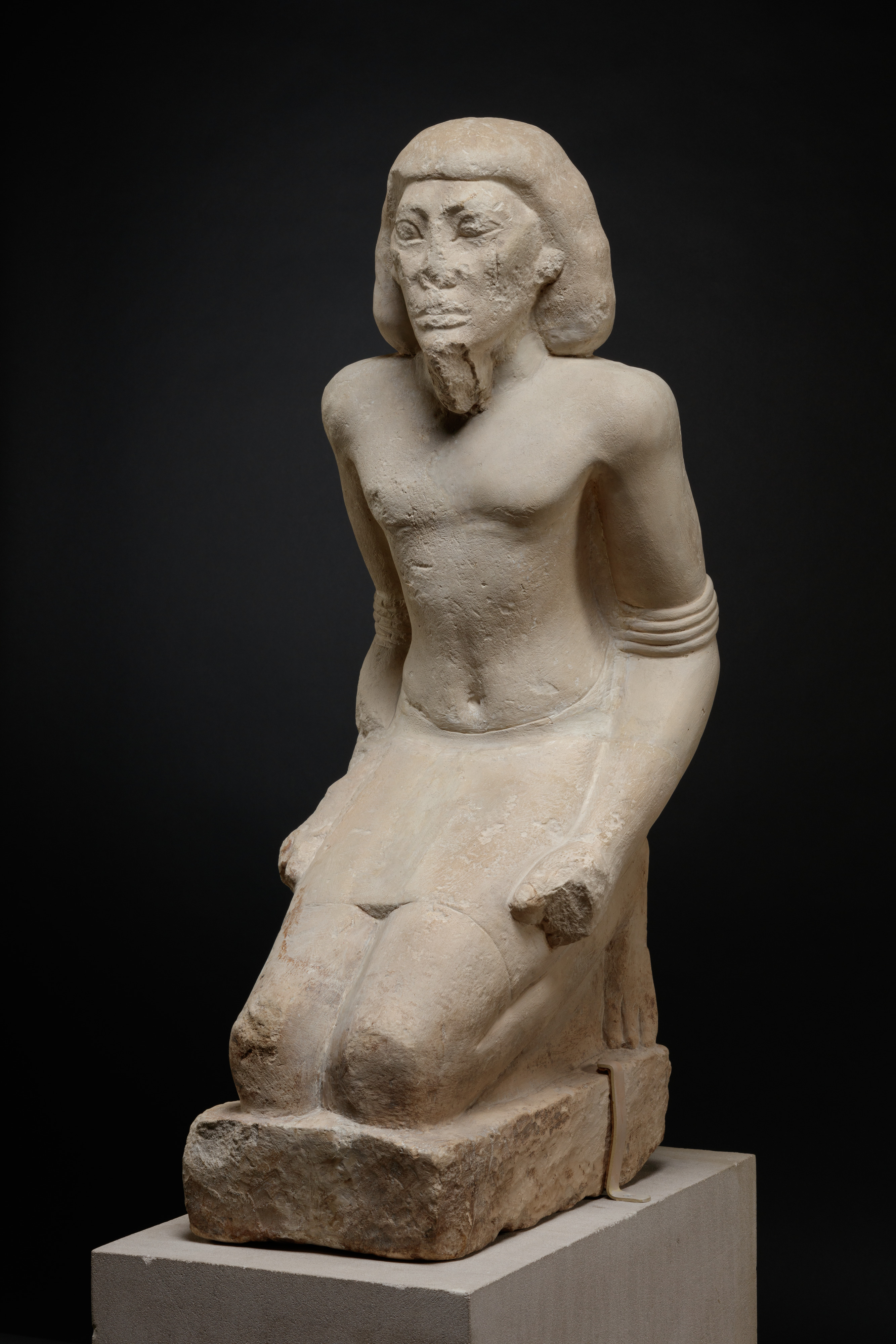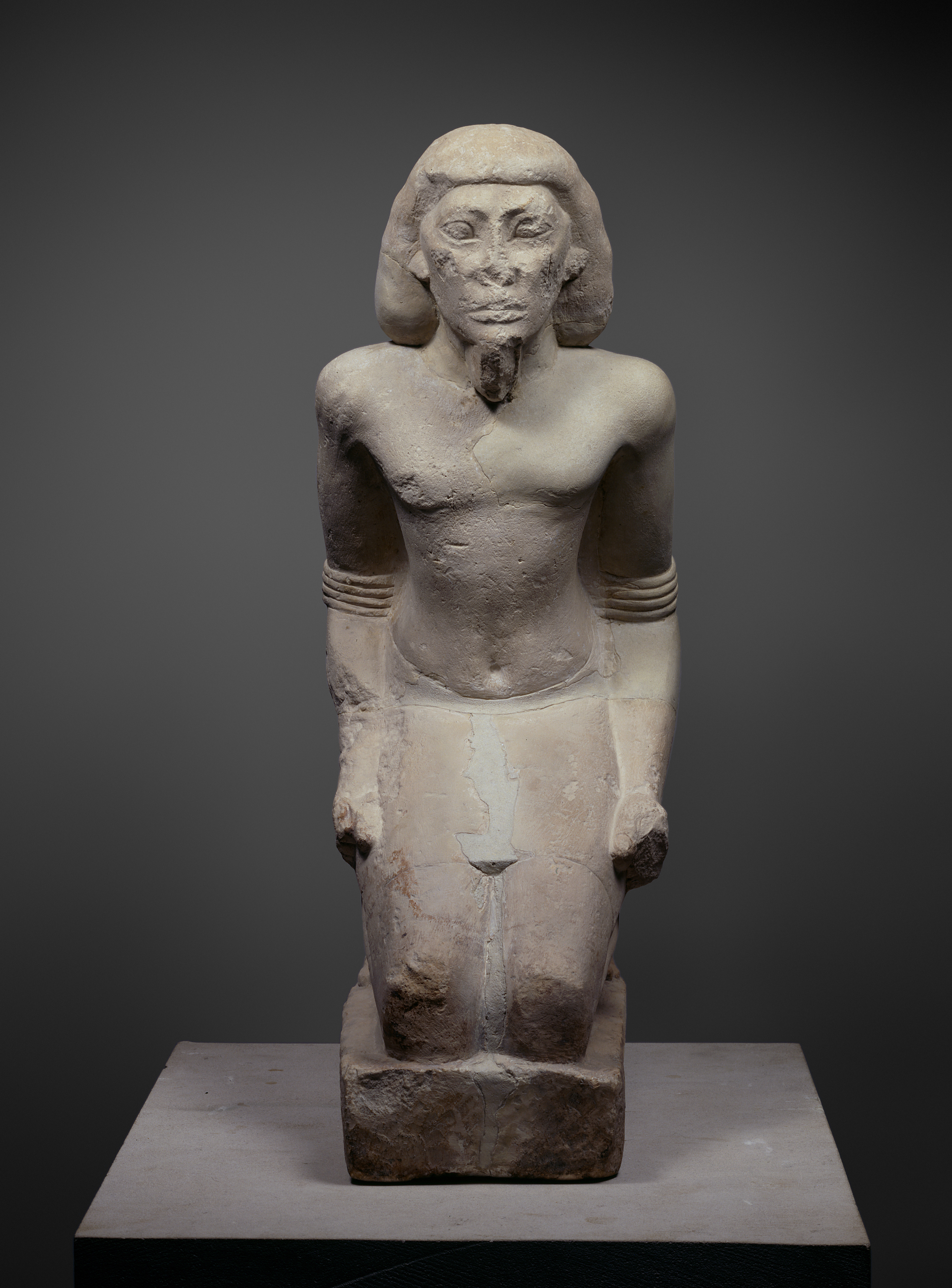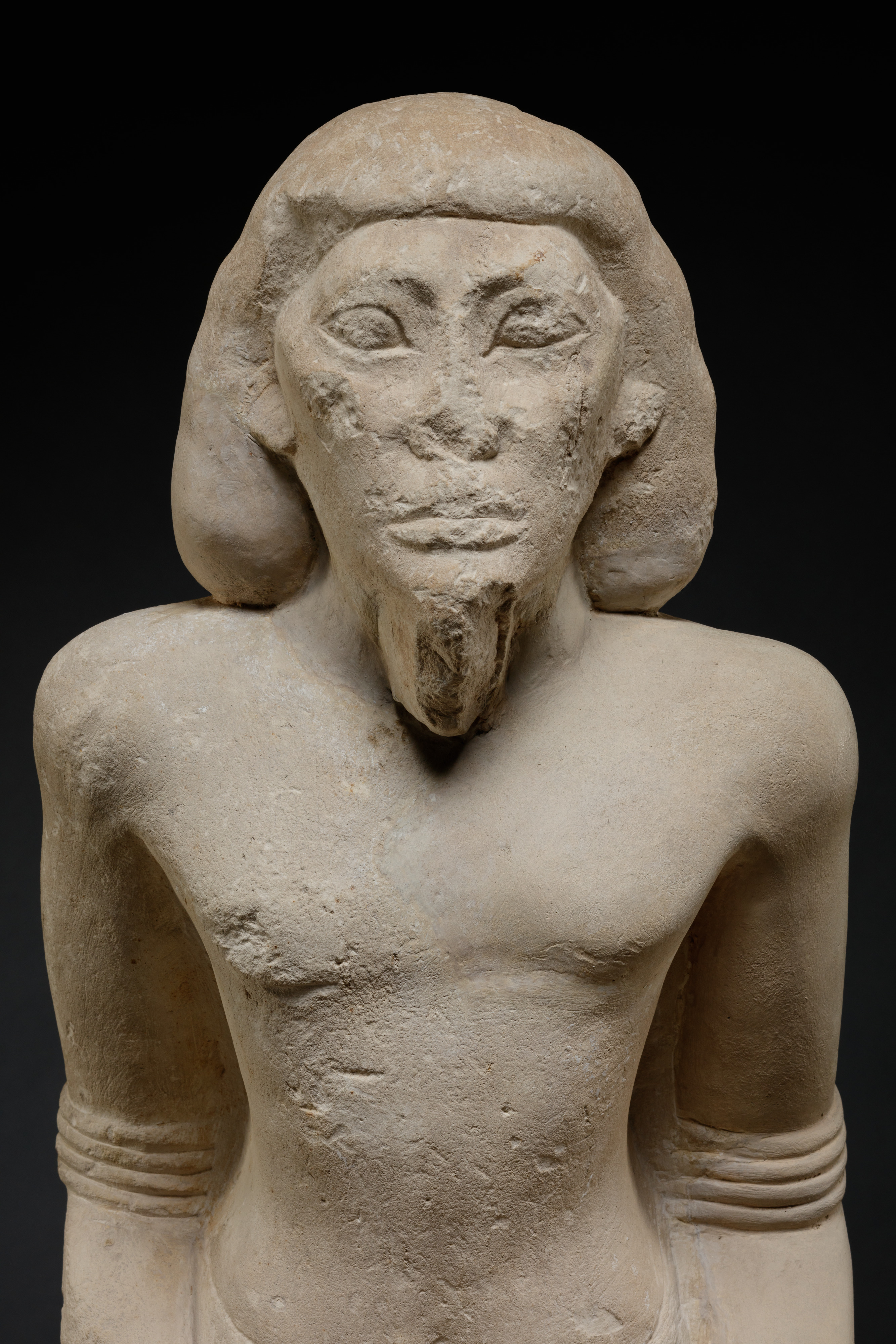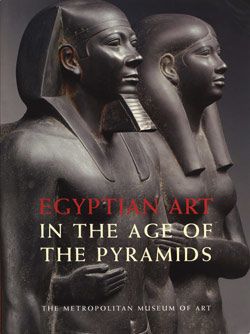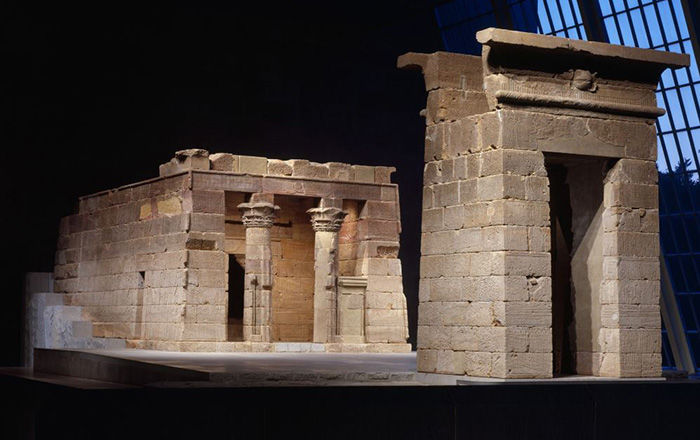Kneeling captive
Old Kingdom
Beginning at least in the mid-Fifth Dynasty, large sculptures of bound foreign captives appeared in the pharaoh's pyramid complex. Pepi I and Pepi II had great numbers of them. This piece and the associated piece 47,2 can be dated to the reign of Pepi II for stylistic reasons.
Statues of prisoners were presumably placed in areas of the pyramid complex where battle and triumph scenes occurred. The consistency of the breaks on these figures at the neck or shoulder and midtorso argue strongly that the statues were ritually executed, presumably to mark some event in the history of the pyramid complex.
Although stereotypes of foreign physiognomies clearly existed during the Old Kingdom, they do not correspond well with those known and identified by ethnicity from the New Kingdom.This statue may represent a desert dweller or a man from adjacent lands in the north. His face wears an expression of understandable terror.
This image cannot be enlarged, viewed at full screen, or downloaded.
This artwork is meant to be viewed from right to left. Scroll left to view more.



